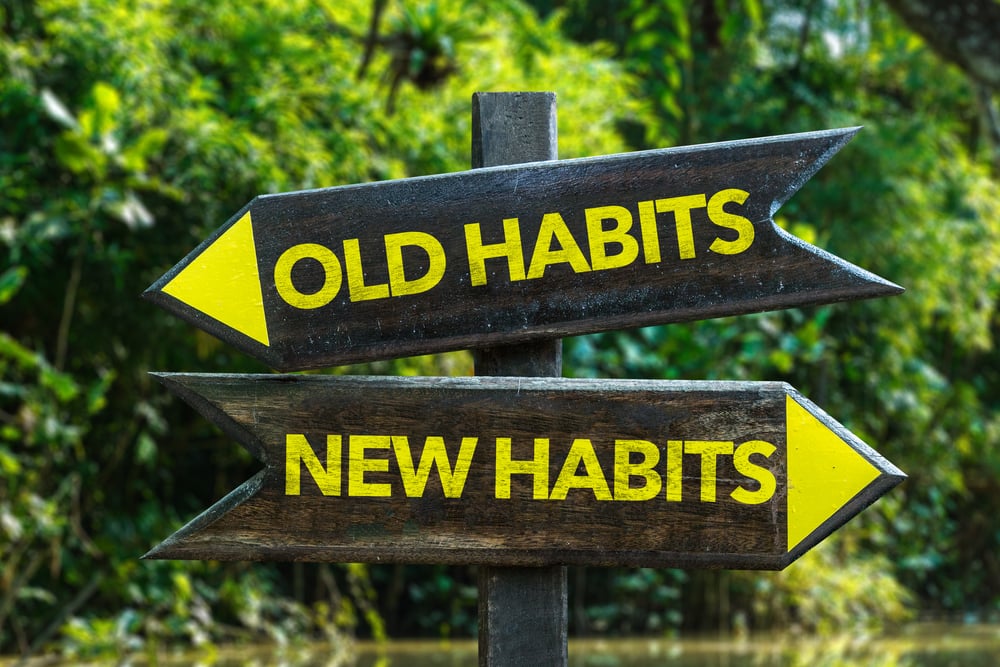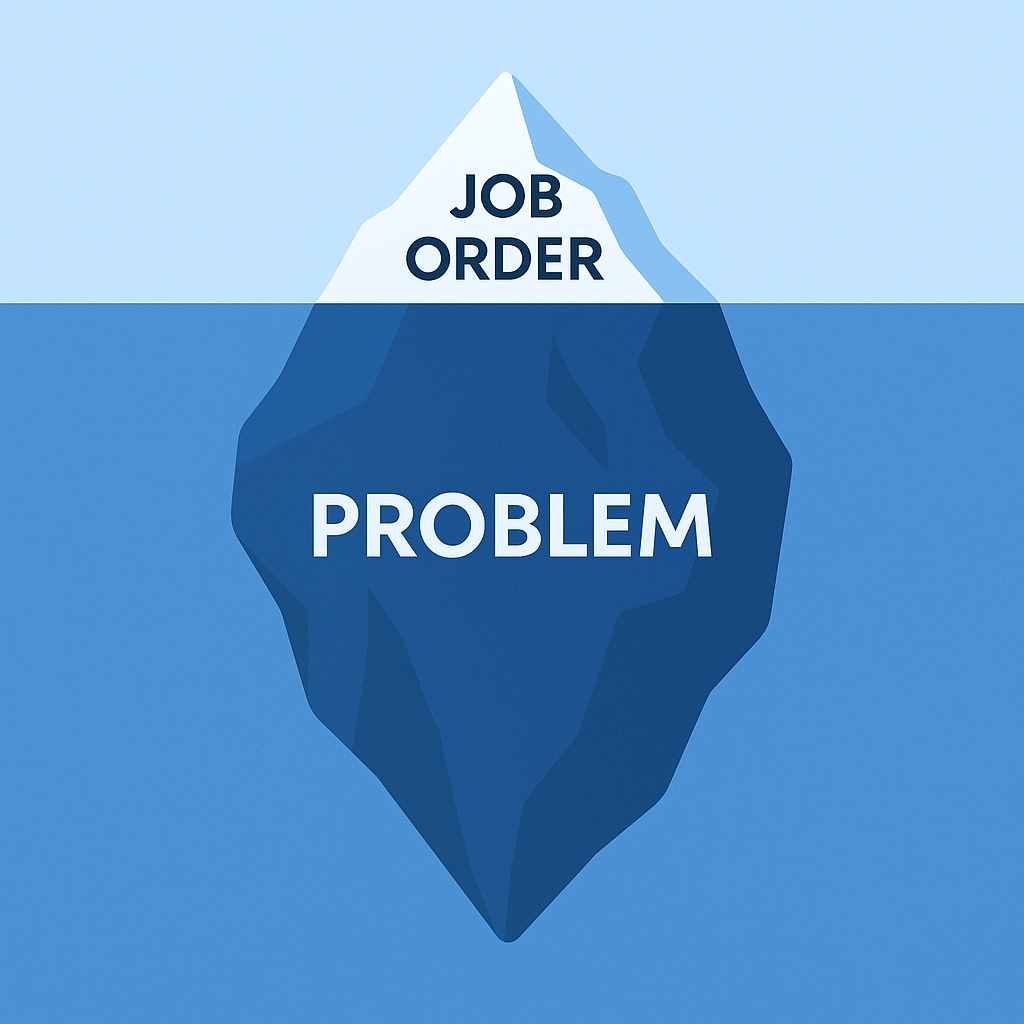Selling With Your Consultant
In my previous post, How to Prevent Unexpected Contract Terminations, I shared how systemizing consultant and client check-ins at key milestones...

If we train our people and they leave, that is bad. But if we don't train them and they stay, that is even worse.
Sales and recruiter training is ultimately about changing behaviors, but most corporate training is designed for ease of delivery, not cultivating change. In a traditional training workshop or webinar hosted by an instructor or team leader, knowledge is imparted on behalf of the learners. Paricipants are introduced to key insights and likely (hopefully) get excited about implementing a handful of a new ideas. But in the end, very little, if any of the new knowledge is ever operationalized and put into action.
After just two or three weeks following a training event, only a small percentage of participants remember the concepts, and even fewer remember how to implement the concepts.
According to a survey from McKinsey & Company, adults only retain 10% of what they hear in classroom lectures. While cramming as much information into a single training event makes logistical sense for today's crazy-busy manager(s), it limits learner retention and stunts employee growth.
Good companies invest in their people. But great companies avoid trying to achieve a quick fix. They understand that it's not just what you do, but how you do it. They understand that it's your structure that matters.
Sales training, recruiter training, and leadership training is all designed to enable employees with new skills and knowledge in order change their behaviors to become a top individual contributor and eventually a leader of others. But simply introducing employees to new insights, skills and knowledge over the course of a few days doesn't lead to a change in behavior, or results.
How to Transform New Skills Into Daily Habits
Habit formation doesn’t just randomly occur overnight. In fact, the human brain is not wired to quickly and easily adopt new habits. No matter how good or engaging your training may be, habit formation takes time.
Habits form when a new skill, like objection handling, is practiced repeatedly, over and over. Each time you practice your objection handling skills, neurons in your brain start firing away which creates a new neural pathway. With repetitive practice, the neural pathway becomes stronger and stronger. As your neural pathway becomes stronger, applying the skill becomes easier. You could say, it becomes habitual.
Applying the new skill outside of the safety of the workshop or experiential learning exercise brings a whole new element to learning. The employee is no longer in a structured and controlled environment. This is where learners venture outside of their comfort zone, which is exactly where we want them because this is where the real growth occurs.
Step 3: Self Reflection
In this context, self-reflection refers to giving the employee an opportunity to reflect back on what went well and what could be done differently. Self-reflection gives employees the opportunity and the time to actually think about and evaluate their thoughts, behaviors and attitudes towards the skill and the application of the skill. Sounds simple but this doesn't happen often enough in today's fast-paced working world!
Self reflection serves two purposes. First, it holds employees accountable to applying new skills and taking responsibility for their own actions. And self-reflection provides coaching opportunities for managers. Second, it allows employees to assess and evaluate how they did and how they can apply the new skills more effectively in future conversations. It enables them to take action and evolve.
Conclusion
The Learn, Apply, Reflect model is designed to support your employees in skill practice. The quicker a recruiter or sales professional can apply what they learned in a real-life situation, and evaluate their effectiveness in executing it, the quicker the new skill becomes habit. What steps are you taking to enable your recruiters to transform new skills into habits?
Check out our eBook, Seven Keys to More Effective, Efficient Recruiter Onboarding and learn more about how you can transform new skills into daily habits.

In my previous post, How to Prevent Unexpected Contract Terminations, I shared how systemizing consultant and client check-ins at key milestones...

About a year ago, I was serving as the fractional revenue leader, managing sales and recruiting for a client.

If you’ve worked in staffing long enough, you’ve been trained to chase job orders.